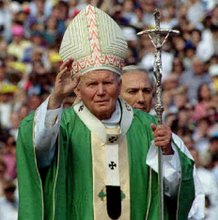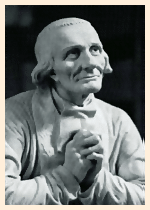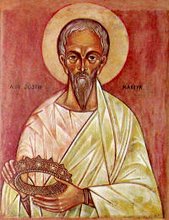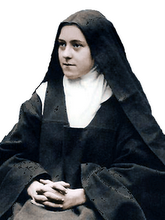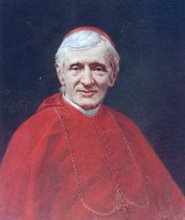Never in my wildest dreams ever think that I would live and work in Australia. When, in February 2008, I first received word that Campion College, Australia, were thinking of me for their first full-time chaplain, I wondered how I would take to Australia.
I loved Australia from the very first day and found my new appointment - at the other side of the world - one of the easiest to adjust to. There are so many things that I could say here about Australia but I will confine myself to what I regard as the most important.
For me, the best thing about Australia is the personality of the people. Coming from the natural reservedness of the English, I immediately took to the openness of the Australians, to their positive, 'can-do', and friendly approach to life.
Secondly, and in paying tribute to them, I was struck by the enthusiasm of young Catholics in Sydney for Christ and his Church. I arrived in Sydney just as WYD was finishing and I experienced, during the subsequent four years, the response of young people to the Christian life. I was amazed to see how many young Catholics have moved to the forefront of the Church, how much provision for their Christian formation has been set in place, and how stronly the new generation are claiming genuine Catholic life.
But the greatest experience of all which I had as an English priest working in Sydney, was the response of Australians to me when I was out and about on the streets. Becuase I was always dressed as a priest, if I was on foot I would often be approached by people, for confession, for a blessing, for spiritual direction or just for a chat. I never experienced anything like this in England and am convinced that a priest could have a part-time ministry at least, by making himself available on the street. So much did I find this to be the case that I would often walk rather than use the car, and try to appear not busy, and not to be rushing somewhere. What I found in Australia was a whole reservoir of faith ready to be untapped, and because of the openness of Australians, a great ease of communication.
Would I return to Australia, if I had another opportunity to do so? Absolutely.








































